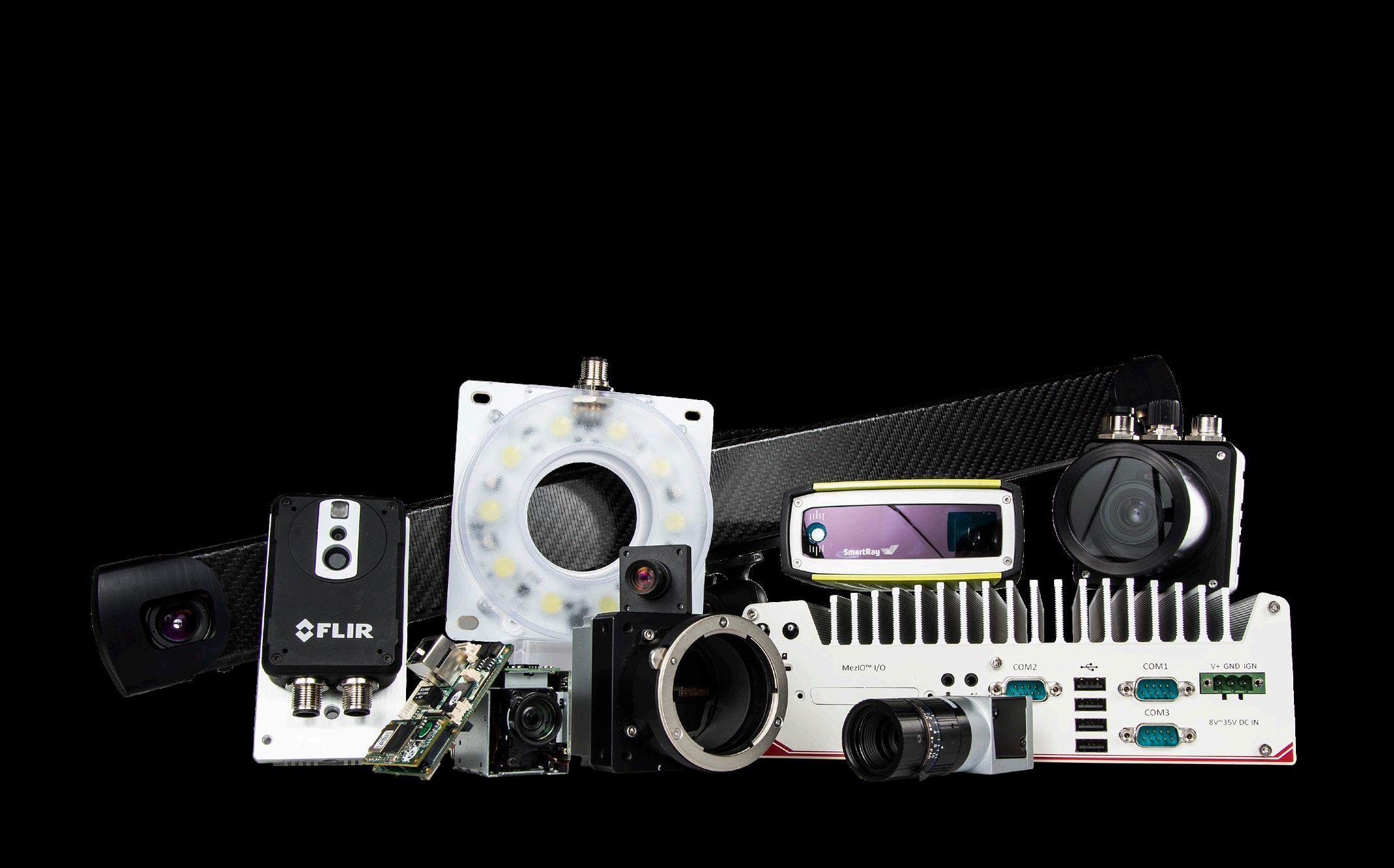WE ARE PHOTONEO’S FIRST “GOLD PARTNER” IN EUROPE!

We help you CHOOSE THE
CUSTOMER CASE EFFICIENT AUTOMATION WITH BIN-PICKING
AI-DRIVEN DRONES FOR SOLAR PANEL MONITORING FROM NEOUSYS
BREAKING NEWS! THE LATEST CAMERAS FROM BASLER

WE ARE PHOTONEO’S FIRST “GOLD PARTNER” IN EUROPE!

We help you CHOOSE THE
CUSTOMER CASE EFFICIENT AUTOMATION WITH BIN-PICKING
AI-DRIVEN DRONES FOR SOLAR PANEL MONITORING FROM NEOUSYS
BREAKING NEWS! THE LATEST CAMERAS FROM BASLER
OEM Automatic has many years of experience in products for imaging and vision applications. With us, you will find all components needed for your vision system; factory automation, robotics, medical or individual components to embed into your custom project. Our unique range combined with high-quality support and product knowledge makes us the obvious choice when selecting components for your vision project.
Thanks to our unique product mix, we can offer the most suitable and cost-effective solution for each application. Together with our other product areas, this gives us one of the broadest product ranges in the automation market. We operate in Sweden, Norway, Denmark and Iceland, and through sister companies in the UK and Finland.
The broad and unique product range is made possible by our partnering manufacturers that are specialists and market leaders in their respective field. By being our partners’ local organization with full responsibility for sales, we can ensure that you get the benefits of a local distributer but at the same time get access to world leading technology and products.
Product area Computer Vision has many years of experience in products for image and vision applications. With us, you will find all the components needed for your vision system - from optics and cameras for both 2D and 3D to industrial computers and software and everything in between.

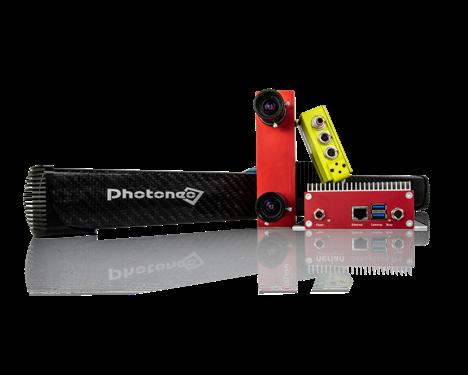
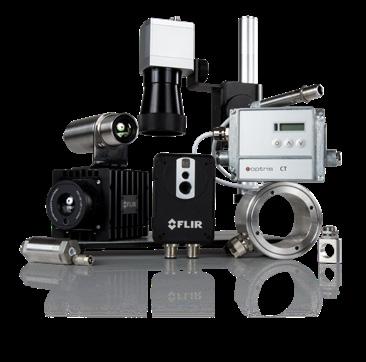




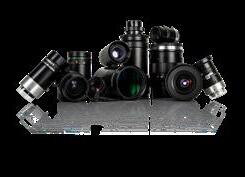
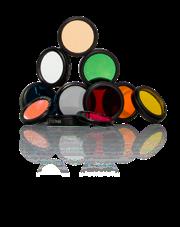


ACCESSORIES
Lenses, LED Lighting, Filter, Enclosures
We have been awarded the prestigious Gold Partner status by Photoneo, a global leader in 3D technology and AI-driven automation. As the first partner in Europe to receive this recognition, it acknowledges our technical expertise, customer support, and commitment to delivering innovative automation solutions.
By combining Photoneo’s technology with OEM Automatic’s technical expertise and customer-focused approach, more companies can benefit from advanced 3D vision solutions to streamline production, improve workplace safety, and create a more sustainable industry.
Photoneo is a leading provider of 3D technology and AI-driven automation. Their advanced solutions are used in applications such as bin picking, depalletizing, quality control, and logistics, where the demand for accurate and fast 3D vision is constantly increasing. With their PhoXi 3D Scanner, MotionCam-3D, and Bin Picking Studio, companies can automate and optimize their processes with high precision.
For us, it’s not about collecting awards – what matters most is that we can offer our customers smart, proven, and efficient automation solutions. Photoneo recognizing us as a valuable partner is proof that we are on the right path, and we look forward to continuing our collaboration to help more companies benefit from 3D vision and automation.
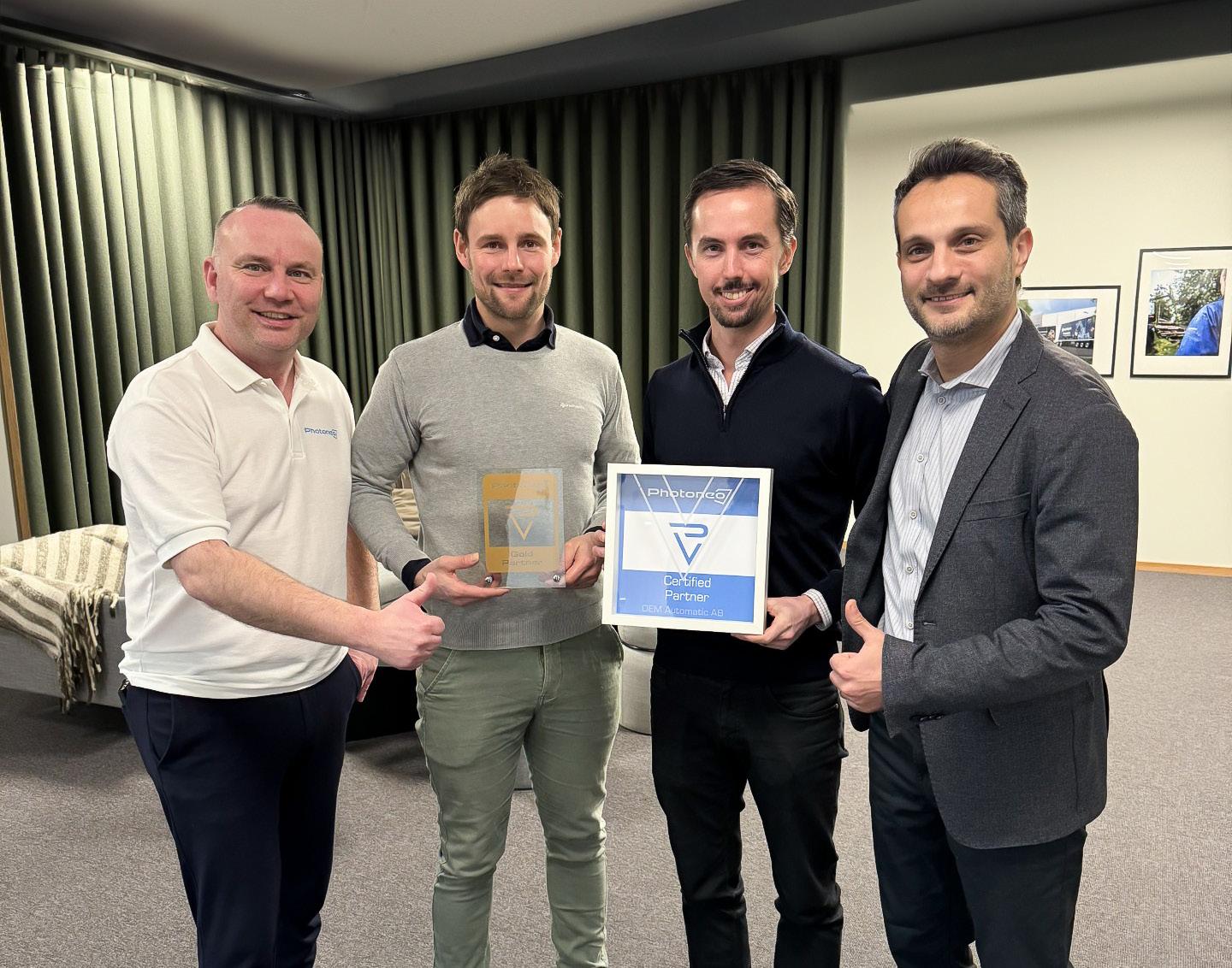
The Gold Partner status is awarded to partners who meet specific requirements in technical expertise, product knowledge, and customer support. To achieve this level, OEM Automatic has:
A dedicated technical sales team fully focused on Photoneo’s products
A technical specialist providing customers with support and expertise
Local stock of Photoneo products for faster deliveries
On-site support for major projects and OEM customers
Investment in demo equipment to give customers a better understanding of the technology


On March 3, 2025, it became official – Photoneo is now part of Zebra Technologies. This acquisition expands Zebra’s portfolio in 3D technology and strengthens its offerings in the automotive industry, logistics, and other sectors. For us, as a distributor of both manufacturers, this marks an exciting development where the collaboration between these technologies deepens even further, creating new opportunities for our customers.
As a distributor of both Zebra and Photoneo, we see this as a significant opportunity to offer even more advanced and integrated solutions. By combining Zebra’s expertise in digitalizing and automating workflows with Photoneo’s cutting-edge 3D technology, we can provide innovative solutions that enhance efficiency and accuracy in our customers’ operations.
Photoneo’s intelligent sensors are particularly effective in robotics for applications such as bin picking and depalletizing. Their technology enables faster, more precise, and robust solutions capable of handling complex 3D applications. By integrating these technologies into Zebra’s existing portfolio, we can offer our customers a unique combination of hardware and software to meet their most demanding needs.
Expanded automation possibilities – With Zebra’s acquisition of Photoneo, our customers gain access to a broader and more advanced set of tools to optimize their processes.
More efficient and precise solutions – Photoneo’s sensor technology enables faster and more accurate solutions in robotics, especially for picking and depalletizing applications.
Seamless technology integration – A closer connection between Zebra’s digital workflows and Photoneo’s 3D technology creates even better end-to-end solutions.
We look forward to continuing our collaboration with both Zebra and Photoneo – now as a unified entity – to deliver high-quality solutions that drive innovation and efficiency in our customers’ operations.

When choosing an industrial computer, it is important to understand what features and benefits distinguish them from regular computers:
Rugged Construction: Industrial computers are built to withstand extreme temperatures, humidity, dust, vibrations, and shocks. They are often used in challenging environments such as factories, outdoor installations, and transportation infrastructure.
Certifications and Standards: IPC must often comply with industry-specific standards such as MIL-STD for military applications or medical standards for hygiene and aseptic environments.
Versatile I/O Design: Industrial computers require a flexible and customizable I/O port design to connect to various sensors, machines, and systems. For example, RS232/422/485 serial ports or LAN ports may be crucial in industrial environments, while graphical outputs may be more important for digital signage. Neousys MezIO lets you quickly adapt systems to your needs with I/O moduls.
Reliability: Industrial computers are designed to operate 24/7 without interruption, making them ideal for critical applications such as medical technology and factory automation. With Neousys’ wide 8–48VDC input range, systems operate reliably even in industrial environments with unstable or varying power sources.
Advantage of Fanless Design: Neousys computers are predominantly fanless or have only dedicated fans for cooling the graphics card. Their motherboards are carefully designed to position the most heat-generating components on one side. Instead of using a traditional CPU fan, Neousys computers are equipped with a large heatsink that efficiently dissipates heat. This solution minimizes moving parts and eliminates the risk of dust being drawn into the computer, enhancing reliability and extending lifespan.
Industrial computers play a crucial role in today's digital and technological landscape. They are used across a variety of industries, including:
Smart Factory Automation: Controls and monitors machines in factories.
AIoT and IoT: Enables communication and management of connected devices.
Transport and Logistics: Used in autonomous vehicles and infrastructure control systems.
Medical Technology: Utilized in operating rooms and medical equipment where reliability is critical.
"Industrial computers are evolving rapidly, and we see an exciting trend where performance improves while energy consumption decreases. Our smaller computers, such as POC and NRU, are a great example – they consume very little energy but are still powerful enough to handle many of our customers' applications. This combination of efficiency and sustainability is a crucial step toward a greener industry. Smart technology for a more sustainable world!" says Elof Jönsson, Product Manager at OEM Automatic.

As the number of solar panels continues to grow globally, it becomes increasingly important to monitor and maintain these systems efficiently. Traditional inspection methods are often time-consuming and costly, but by integrating advanced AI-driven drone systems, these challenges can be addressed with precision and efficiency. A prime example of an innovative solution is the use of the Neousys FLYC-300, an NVIDIA® Jetson-based edge AI computer optimized to enhance drone performance and precision.
Today's drones often follow inefficient flight paths due to factors such as GPS errors, environmental obstacles, and poor route planning. This results in unnecessary detours that extend flight time and reduce battery efficiency. When manually operated, the issue is often exacerbated, as human operators do not always make optimal navigation decisions in real-time.
With the help of AI systems, drones can become significantly more efficient. By utilizing advanced algorithms and 3D mapping, AI can analyze data in real-time alongside existing topographic information to optimize flight paths, minimize detours, and directly focus on relevant areas. This intelligent navigation allows drones to adapt to changing environments, avoid obstacles, and alter their course during flight.
The result is more effective surveillance, with extended flight time, maximized coverage, and reduced energy consumption. By integrating AI, drones achieve higher precision and can serve as powerful tools for monitoring, environmental surveillance, and other applications.
Implementing an AI computer on a drone presents several technical challenges. As drones ascend from ground level to several hundred meters in height, atmospheric conditions change, including pressure, G-forces during ascent and descent, humidity, and temperature. These variations can affect sensor accuracy, system processing capacity, and overall drone performance.
Battery life is a major limitation. Advanced AI algorithms require high computational power, leading to faster battery depletion and consequently shorter flight time. The weight of the AI system is also a critical factor, as additional weight impacts the drone’s efficiency and maneuverability, ultimately limiting its range and endurance.
For AI to be successfully integrated into existing flight control systems, seamless compatibility is required to ensure safety and reliability. This presents challenges related to both software and hardware integration.
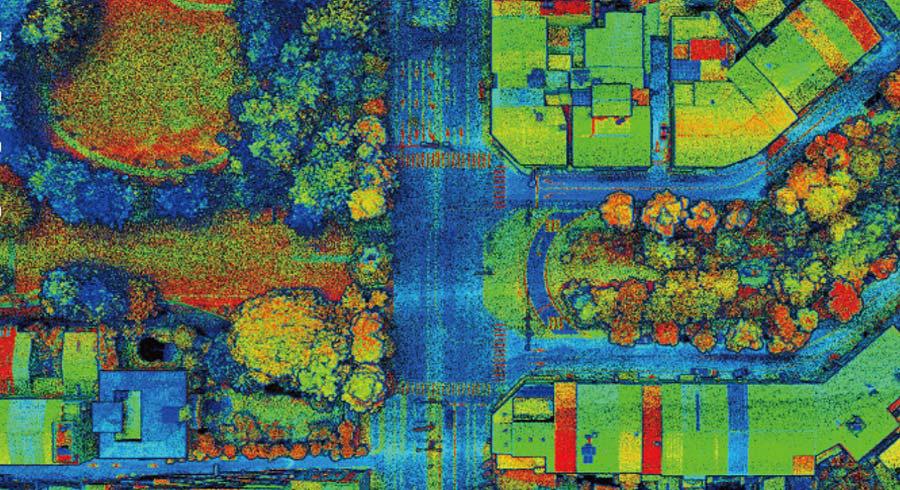
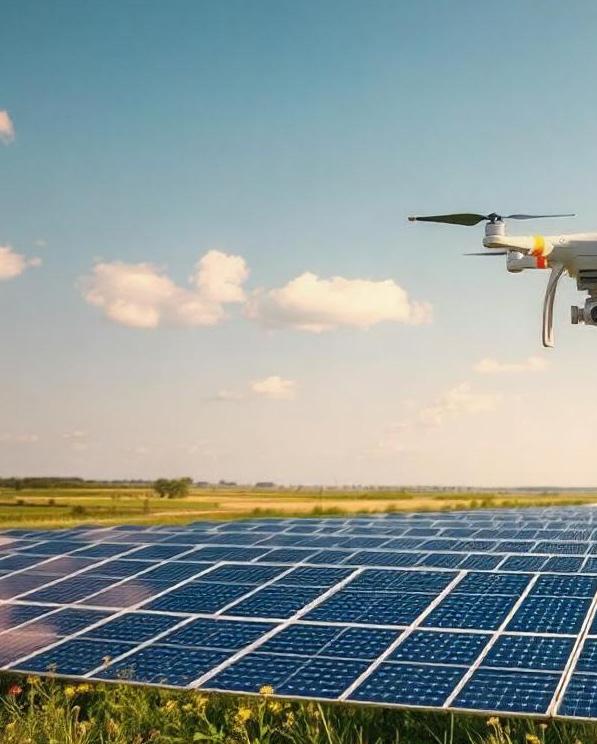

Real-time data processing and decision-making also demand reliable and stable communication links. However, these connections can be disrupted by interference, such as weak signals in remote areas or signal congestion in densely populated cities. This means the system may struggle to function optimally if communication links are not strong or stable enough.

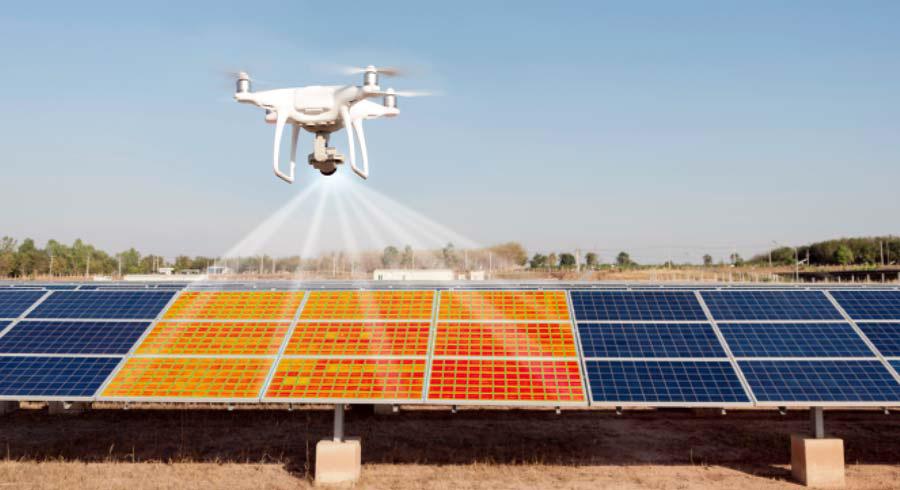


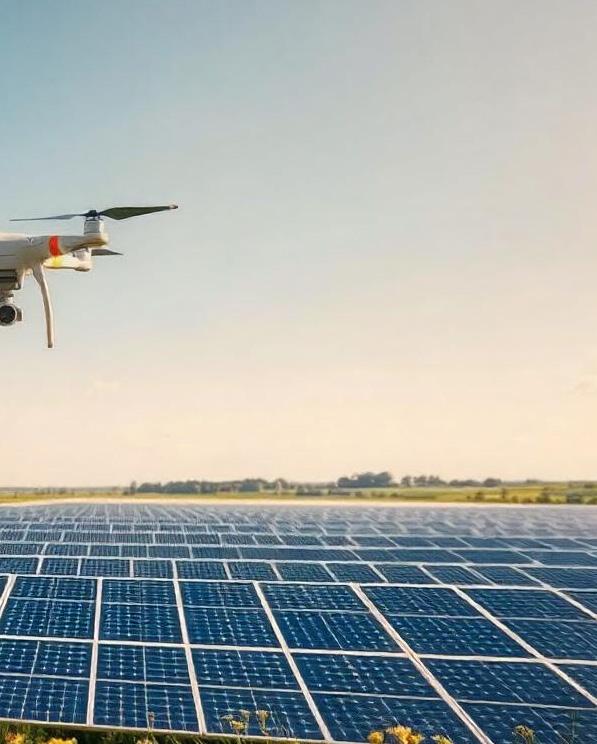
To address these challenges, Neousys FLYC-300 is used—an NVIDIA® Jetson-based edge AI computer weighing only 298 grams while delivering up to 100 TOPS of AI computing power. This AI performance is particularly valuable during sudden GPS signal losses (or in areas with no signal from the start). With the help of a preloaded 3D geological map, the FLYC-300 can still triangulate the drone’s position, report back, and provide valuable information.
FLYC-300 is compatible with various types of cameras and sensors, including RGB, hyperspectral, infrared, LiDAR, and 3D cameras. It features multiple connectivity options, such as two Ethernet ports, two USB3.2 ports, and two GMSL2 ports, making it ideal for applications such as real-time video analysis, drone-based image acquisition, environmental monitoring, and infrastructure analysis.
The system also supports the installation of 5G and 4G communication modules for real-time image and video transmission. Additionally, it can handle a wide input voltage range from 4S to 14S battery packs via an XT30 DC-IN connector.

One of the most notable features of the FLYC-300 is its configurable Universal Asynchronous Receiver/ Transmitter (UART), which enables smooth communication with the flight controller. In combination with integrated 3D geographic information, the drone can avoid obstacles, navigate to, and accurately monitor target areas with maximum efficiency.
As always, Neousys systems are designed from the ground up and built with the company’s rugged DNA, ensuring they are tested and proven to withstand varying environmental conditions. This makes them suitable for a wide range of applications.
The POC-700-FT is a variant of Neousys’ POC-700 series with a unique flattop heatsink design, ideal for installation in sealed enclosures with limited airflow. It features an Intel® Core™ i3-N305 or Atom® x7425E processor, optimized for AI tasks via Intel OpenVINO™. The system includes DDR5-4800 memory, NVMe storage, and multiple I/O options such as USB 3.2, GigE PoE+ ports, COM ports, and isolated DIO. Its fanless design and efficient thermal dissipation make it suitable for confined spaces and harsh environments like oil/gas and mining.
KEY FEATURES

Intel® Core™ i3-N305 / Atom® x7425E
– AI-optimzed with 32/24 execution units
Flattop heatsink – For sealed cabinets
4x PoE+ GbE & 4x USB 3.2 Gen2
– Secure connections
Fanless & robust – -25°C to 60°C operation
Versatile I/O – DP++/HDMI, COM, DIO, MezIO® expansion
The NRU-160-AWP is a rugged, IP66 waterproof edge AI computer powered by NVIDIA® Jetson Orin™ NX or Orin™ Nano. Designed for smart city installations, AI inspection, and outdoor robots, it offers up to 100 TOPS AI performance and supports various camera configurations, including automotive and industrial cameras. Its compact design (225 x 136 x 55 mm) fits in confined spaces, and it features a wide DC input range, CAN bus, and multiple connectivity options. Ideal for edge deployments in harsh environments, it balances durability, performance, and affordability.
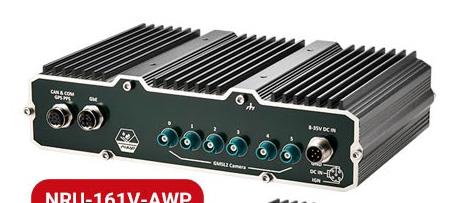
KEY FEATURES
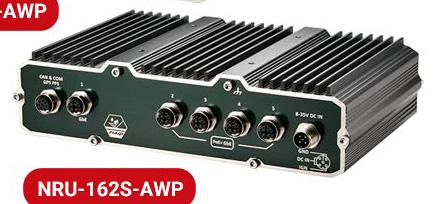
Jetson Orin™ NX/Nano – Up to 100 TOPS AI
IP66-rated – Waterproof & dustproof -25°C to 70°C – No throttling at 70°C
GMSL2/PoE+ – Connect up to 6 AI cameras
Robust I/O – CAN FD, RS232, GigE, M.2, miniPCIe (4G/5G/WiFi)

Automating industrial processes has become a necessity to meet today’s production demands and improve the working environment. A great example is a tailored automation solution developed in collaboration between PMA Automation and OEM Automatic to optimize and enhance the production flow for the end customer, Svarvmekano in Malmö.
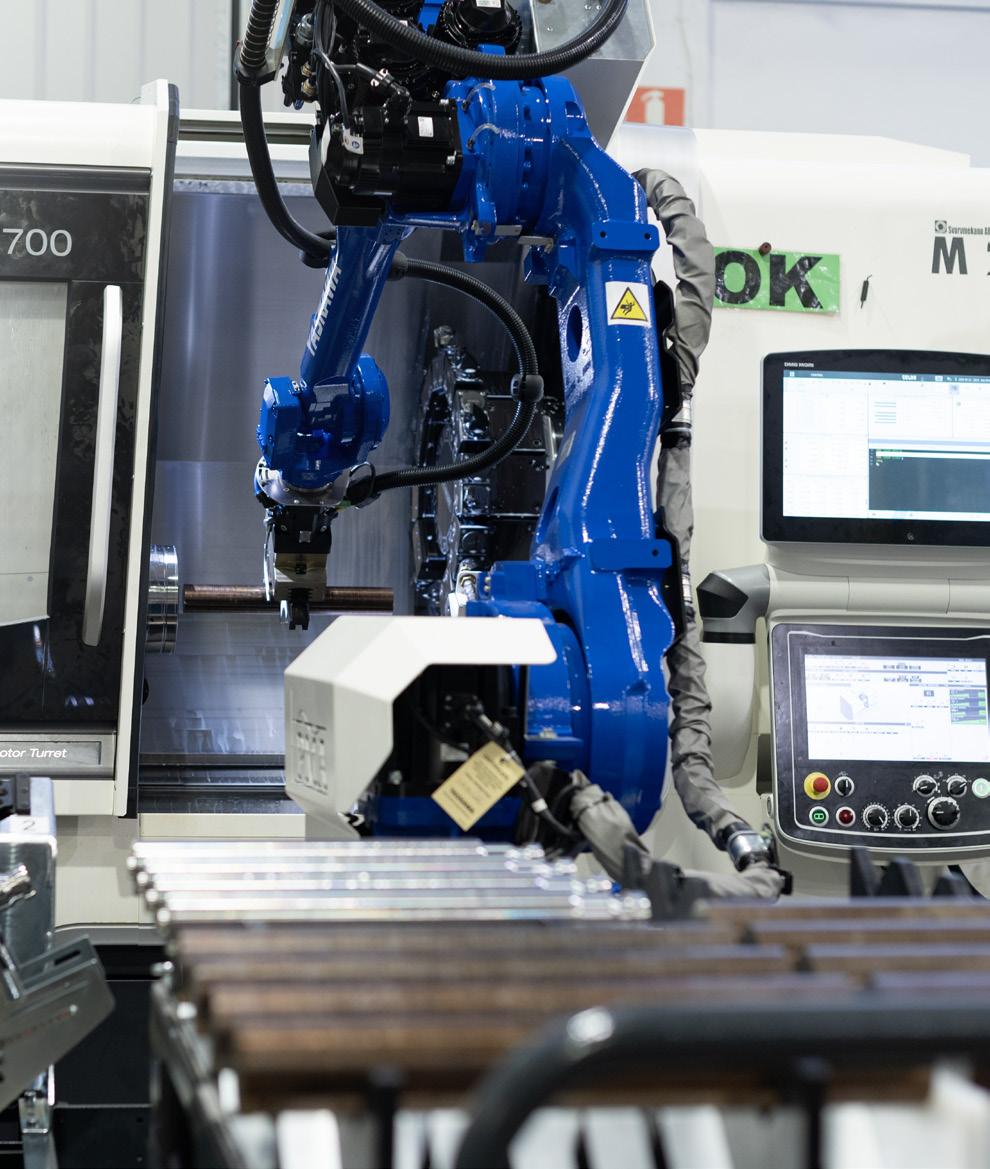
Svarvmekano is a subcontractor specializing in machining. Their goal was to enable unmanned operation by automating the picking of raw materials directly from pallets to a lathe. This would eliminate manual lifting, improve ergonomics for employees, and increase production efficiency. Additionally, the solution needed to be compact due to space constraints. Svarvmekano had previously invested in several automation solutions with the help of PMA Automation.
PMA Automation, a certified partner of Photoneo, delivered a fully integrated automation solution for machine tending. The system is based on a 3D scanner and bin-picking software from Photoneo, provided by OEM Automatic. The scanner enables precise material picking directly from pallets without requiring additional handling or reorganization of materials.
“With Photoneo’s system, the customer can roll in pallets with raw material and run production unmanned over the weekend, which was one of their goals,” says Oscar Molin from PMA Automation.
Photoneo develops advanced 3D scanners based on the NVIDIA Pascal Architecture GPU with 256 CUDA cores. The PhoXi series is available in five different sizes, ensuring a scanner for every type of application.
Unmanned operation capability
Improved ergonomics and working environment
Increased efficiency and productivity
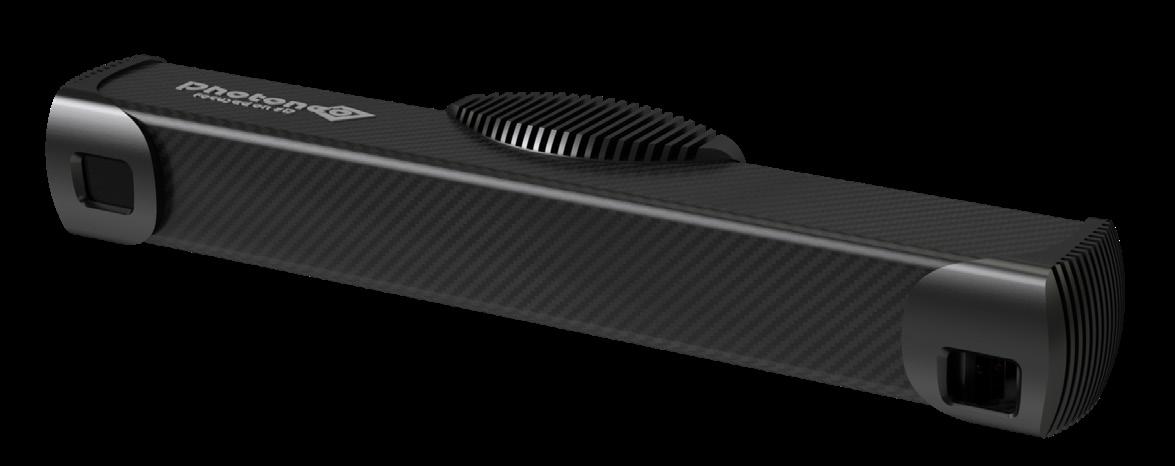
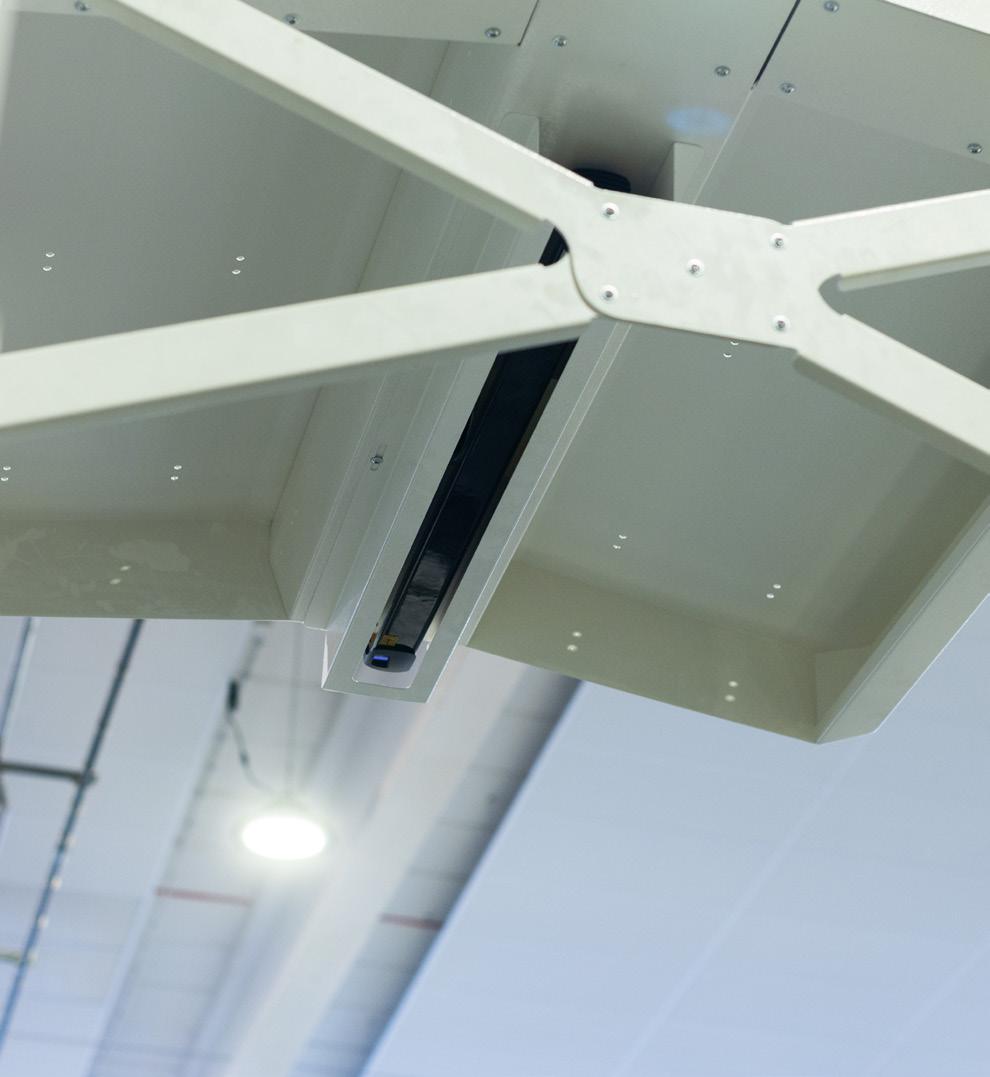

Blockages? Symmetry? Too many scanning parameters? – These problems are now solved! We’re talking about a sensor setup in just 3 minutes, multi-view scanning that sees the invisible, and the ability to detect even the most challenging parts. Your automation for bin picking or unloading is about to take a significant leap forward.
The latest updates in Bin Picking Studio 1.9, Locator Studio 1.2, and PhoXi Control 1.13 revolutionize the handling of complex logistics and automation projects. Photoneo has designed these updates to make your workflows faster, smarter, and more efficient with new tools. You can now take advantage of multi-sensor setups, improved object localization, and smoother sensor calibration.
Here, you’ll find numerous features that save time and reduce complexity. The MultiView module handles challenging objects, such as thin metal sheets or wrapped boxes, by collecting scans from multiple perspectives. Calibration Sharing, on the other hand, eliminates unnecessary calibration steps and simplifies workflows.
Additionally, Feature Alignment ensures precise localization of symmetrical parts by using key features that define the correct orientation.
Achieve top-tier results in just minutes. PhoXi Control 1.13 introduces the Settings Assistant, making sensor configuration effortless by automatically adjusting settings for lighting and material conditions.
Beyond the improvements in Bin Picking Studio and Locator Studio, it now takes just three minutes to configure your Photoneo 3D sensor. The new Settings Assistant identifies the best scanning parameters for your application—even without expert knowledge.
This tool, available in the latest version of PhoXi Control, further enhances the plug-and-play experience. Discover optimal scanning parameters in minutes and implement systems with improved performance quickly and easily.

Find the most suitable scanning parameters effortlessly. The Settings Assistant uses your selected profile and guides you through the optimization steps.
How does it work? The sensor adapts to lighting conditions and the object's material. It then fine-tunes the view to ensure completeness and reduce noise, providing you with a customized profile. Whether you focus on completeness, fine details, or the shortest possible cycle time, this is the fastest way to achieve excellent results.
The interface is designed for users of all experience levels, making scanning simpler and more efficient for both end customers and integrators. Combined with GigE Vision support, Photoneo’s 3D scanners and cameras are the go-to choice for 3D sensor solutions.

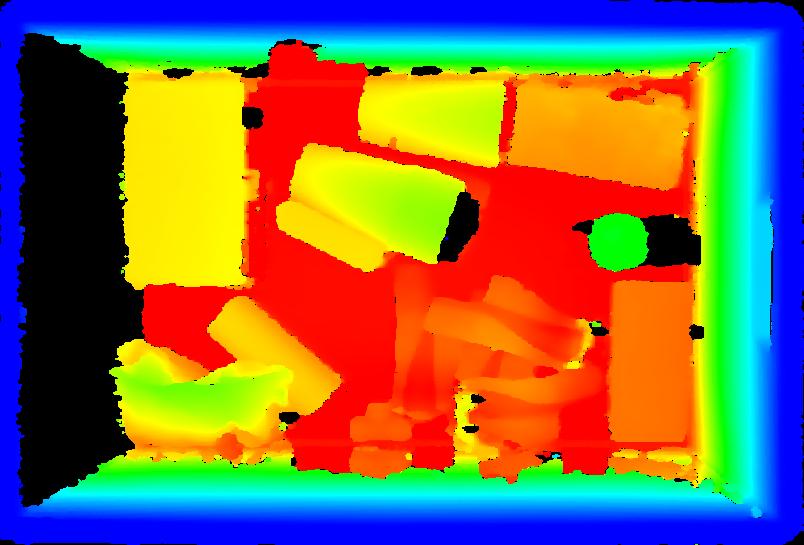
Photoneo’s 3D scanners, PhoXi and MotionCam, use structured light to create a 3D geometry of stationary or moving objects. This technology is best suited for applications such as bin picking and pick-and-place tasks. Various models are available depending on the required resolution and object size.

PhoXi 3D Scanner is a professional, highresolution 3D scanner that offers superior accuracy and speed for inspection and object digitization. With its advanced technology, PhoXi captures detailed 3D images of complex objects and delivers real-time data, making it perfect for quality control and product development. Its robust design and user-friendly interface make it ideal for industrial environments and automated applications. Whether you’re working with prototypes, detailed models, or component inspection, the PhoXi 3D Scanner provides the accuracy and efficiency you need to drive your projects forward.

MotionCam-3D is the ultimate solution for capturing and analyzing motion in 3D with high precision. With a fast frame rate and advanced image processing, MotionCam-3D captures real-time motion, now enhanced with color information for even more detailed analysis. This makes it perfect for applications in robotics, automated picking, and quality control of moving objects. It provides detailed 3D detection of objects in motion, delivering precise analysis of their shape, position, and color. For companies working with dynamic workflows and requiring a reliable solution to handle fast-moving objects, MotionCam-3D is the ideal device to streamline and optimize your processes.
As demands for efficiency and precision increase in the industry, advanced text recognition becomes a key factor. With Deep Learning OCR, companies can quickly and accurately read text from images, identify characters with high precision, and adapt recognition to various conditions. Combined with Zebra’s fixed industrial scanners and smart cameras, this technology provides a powerful solution for logistics, manufacturing, and quality control, where fast and reliable data capture is essential.
– FAST AND ACCURATE TEXT RECOGNITION FOR ALL FS AND VS- ZEBRA SCANNER
Deep Learning OCR utilizes advanced optical character recognition (OCR) powered by deep learning to accurately read text from images. It processes Latin characters, digits, and special symbols without additional training and adapts to text size, contrast, and orientation for maximum precision. By using a limited analysis area (ROI), adjustable character width, and customizable character sets, it optimizes text extraction even in challenging environments. Additionally, the tool can be fine-tuned with confidence level, text color, and contrast threshold settings to reduce errors and enhance performance.







Zebra’s FS80 fixed industrial scanners are designed for logistics, warehouse, and distribution center operations, and in manufacturing for traceability. Featuring high-resolution sensors and powerful integrated LED lighting to enhance readability in a wide area and at long range, the FS80 delivers fast and precise data capture of barcodes of any type, size and quality. 5MP, 9MP, 12MP, and 16MP models are available.
Purpose-built for running complex machine learning algorithms, the NS42 features out-of-the-box support for deep learning-based OCR and anomaly detection tools to quickly and accurately solve challenging OCR tasks and inspection applications.
Zebra’s rugged FS10 and FS40 fixed industrial scanners both support Aurora Focus software and feature a robust design with onboard lighting and one cable for power and I/O that suit varying dock door scanning needs.
Zebra’s smart cameras are available with 1.2 to 5.1 MP image sensors. From scan tunnels to forklift or dockdoor scanning applications, smart cameras deliver fast, accurate imaging with powerful software support.
Iris GTX smart cameras feature CMOS sensors ranging from 2 to 16 MP and substantial processing power in a compact all-in-one vision system. These devices deliver fast, high-resolution imaging for demanding warehousing applications including high-speed scan tunnels.
The Zebra Aurora suite of industrial automation software enables users of all experience levels to solve their track-and-trace and vision inspection needs in today’s packaging applications, delivering control over all Zebra fixed industrial scanners and machine vision smart cameras, and simplifying management of enterprise-wide manufacturing and logistics automation solutions. Check out

850 nm & 940 nm – Ideal wavelengths for indoor and outdoor depth data
IP67 camera – Dirt- and water-proof with M12 connector
Real-time 3D images – Minimal latency, precise hardware triggering
Dual Exposure HDR – Effective 3D imaging in high contrast scenes
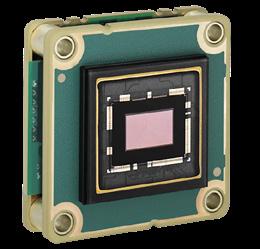
Board level design - For flexible and optimal integrability in the system setup
Variety of mounting options - Bare board, S-mount, C-mount and CS-mount
Diverse sensor options - Resolutions from VGA to 13 MP and frame rates from 14 to 523 fps
Interface diversity - GigE, USB 3.0, and BCON for MIPI interface options
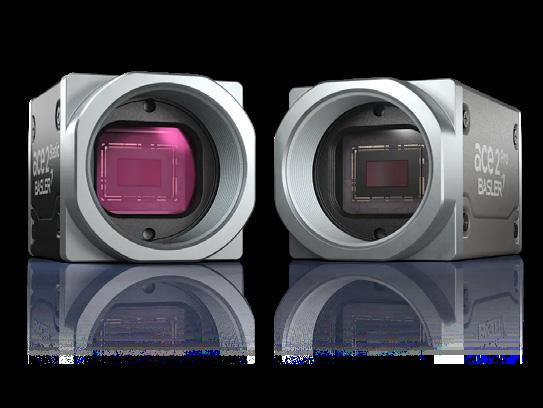
Compact design – 29x29 mm and 30x40 mm, ideal for vision applications
Broad sensor options – CMOS, NIR and SWIR sensors from top manufacturers
Multiple interfaces – USB 3.0, GigE, Coaxpress 2.0 and GMSL
PGI firmware – High image quality with no extra processor load

Various resolutions - Available in 2k, 4k, 8k and 16k resolutions
Line rate up to 200 kHz - For applications that require high performance
Latest CMOS sensors - Optimal images produced by the latest line scan camera sensors from Gpixel
Interface variety - GigE, 5GigE or CXP-12 interface to fit your needs
